Punjab: inconvenient truths
Is the so-called Kissan Package working only in Sindh? Is the Khadim-e-Ala building any rural roads in Punjab?
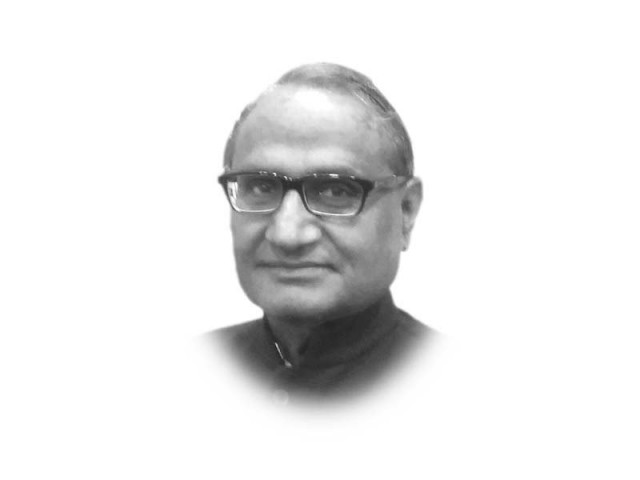
The writer is a senior political economist based in Islamabad

Applying the unemployment test to Punjab shows results that are the opposite of what common perceptions hold. The Labour Force Survey 2014-15 reveals that the unemployment rate in Punjab is 6.3 per cent, above the national average of 5.9 per cent. In the badly governed province of Sindh, the unemployment rate is only 4.7 per cent. Mega projects in Punjab — on which there has been massive public spending — it seems, are not as labour intensive as one might think. Political praxeology places Punjab as having an urban bias and Sindh to have a rural bias. However, the urban unemployment rate is 8.3 per cent in Punjab and 7.3 per cent in Sindh. The rural unemployment rate in Punjab is twice that of Sindh. Is the so-called Kissan Package working only in Sindh? Is the Khadim-e-Ala building any rural roads in Punjab?
It may be said that Punjab has a much higher rate of labour participation than Sindh — 48.5 per cent for the former and 43 per cent for the latter. A greater effort, therefore, has to be made to absorb larger numbers. But, when we look at the source of these larger numbers, we discover the presence of a gender bias in addition to the urban bias. As the male participation rate in the two provinces is nearly the same, the difference in the overall participation rate is entirely explained by the higher participation rate of women in Punjab. It is twice the corresponding rate in Sindh. However, cosmetic initiatives like the Women on Wheels project, women taxi drivers, pink rickshaws, cheap loan schemes and increased quota in government jobs scratch only the surface of the problem. Packages like the Punjab Women Empowerment Initiatives 2014 have a lot of sound and fury, but signify little that is concrete. Against the unemployment rate of 5.7 per cent for men, the unemployment rate for women is 7.8 per cent, and that too under the very nose of a woman minister of finance, planning and development. If it is any consolation, Sindh does worse here with an unemployment rate of 10.9 per cent.
Where it hurts the most is the case of youth employment. Despite the plethora of concessional and interest-free loans, laptop schemes and youth melas, the most productive age groups have the highest rates of unemployment. The age group of 15-19 years suffers the double-digit unemployment rate of 12.4 per cent, followed closely by the age group of 20-24 years with an unemployment rate of 11.02 per cent. The corresponding figures for Sindh are 5.48 per cent and 8.66 per cent, respectively. Punjab’s Economic Growth Strategy 2014-18 targets creating one million quality jobs annually and training two million skilled graduates. It has included employment-intensive economic growth among the drivers of growth. Gender mainstreaming is also mentioned as a key driver. But, the high unemployment rates suggest a huge gap between what is being professed and what is actually happening.
Published in The Express Tribune, January 29th, 2016.
Like Opinion & Editorial on Facebook, follow @ETOpEd on Twitter to receive all updates on all our daily pieces.

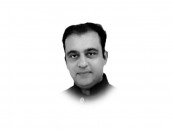

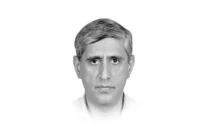
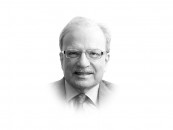

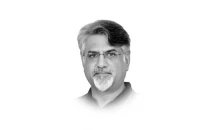

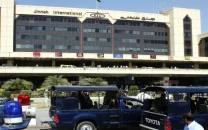



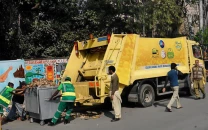
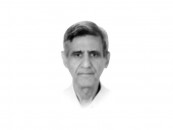
COMMENTS
Comments are moderated and generally will be posted if they are on-topic and not abusive.
For more information, please see our Comments FAQ